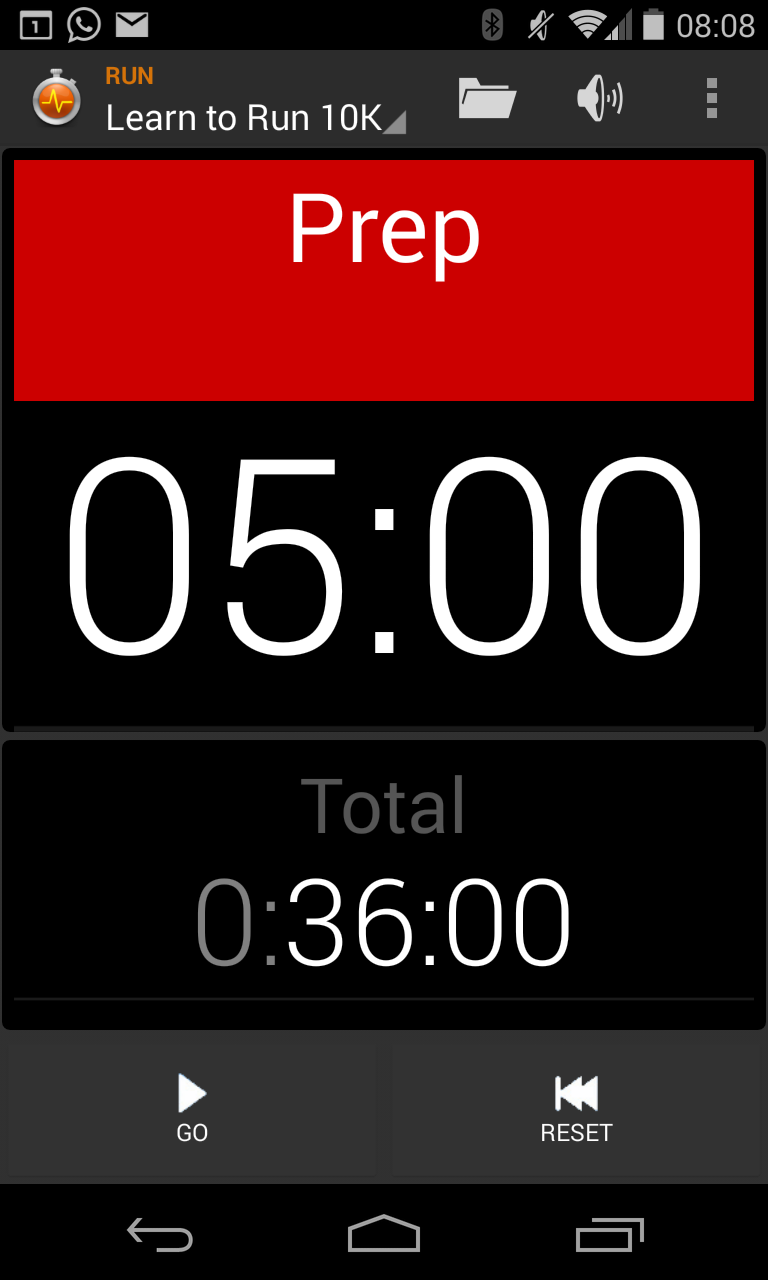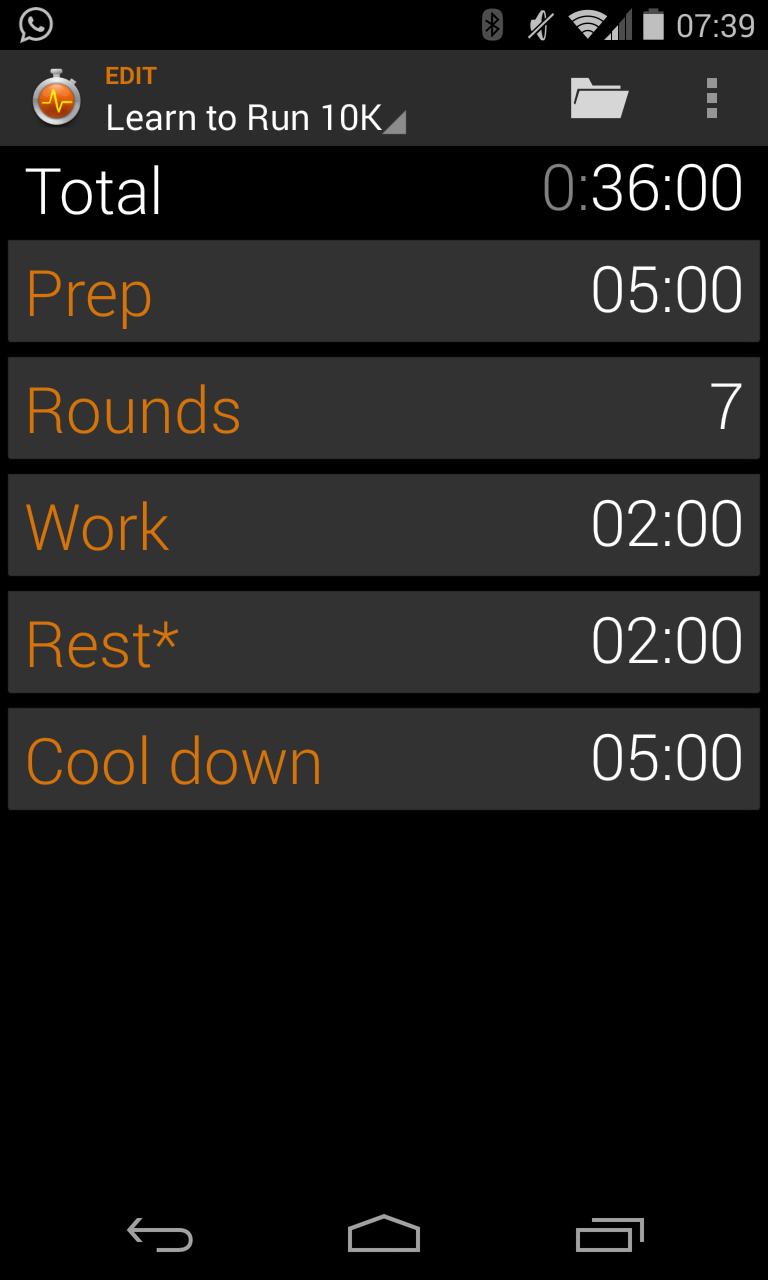 |
| * from SportMedBC's Learn to Run 10K program. |
 |
| * from SportMedBC's Learn to Run 10K program. |
In the interim, I have been doing a little bit of research on knee injury prevention for runners, mostly as a result of the swelling and stiffness I experienced in the fall. Even though I visited my doctor to confirm everything was A-OK, and I haven't experienced any re-occurrence, I am still being cautious that I'm doing everything right and taking the right preventative steps to ensure that the problem doesn't come back again.
One article from Runner's World regarding knee pain in beginner runners, which I read back in November or early December, led me to re-evaluate my training plan (or create one to begin with) and progress with a more planned or systematic approach. Because of this article I started following the Learn to Run 10K program in the first place.
This morning I found a new resource that seems to hit the nail on the head with what I experienced with my knee. This website, Knee-Pain-Explained.com, has a page specifically on Runners Knee. Similar to this article, I had some minor swelling and stiffness and I believe that my issue does have to do with my knee cap not tracking properly. While I don't have the swelling or stiffness I experienced in the fall, my knee cap clicks when I go up stairs (this never happened before I started running last year). My doctor also believed this was a likely case and gave me some exercises to remediate the problem.
Now, I am not a doctor, I have not studied sports medicine or physiotherapy, and I have very little experience dealing with injuries so I don't want to get into diagnosing problems. I could be completely wrong. But there is a key takeaway here. Consistent with the advice I did get from my family doctor, there are some good, simple exercises that I can incorporate into my daily stretching routine. This article links to some good knee strengthening exercises and knee cap exercises that I want to incorporate into my routine over the next couple of weeks.

















